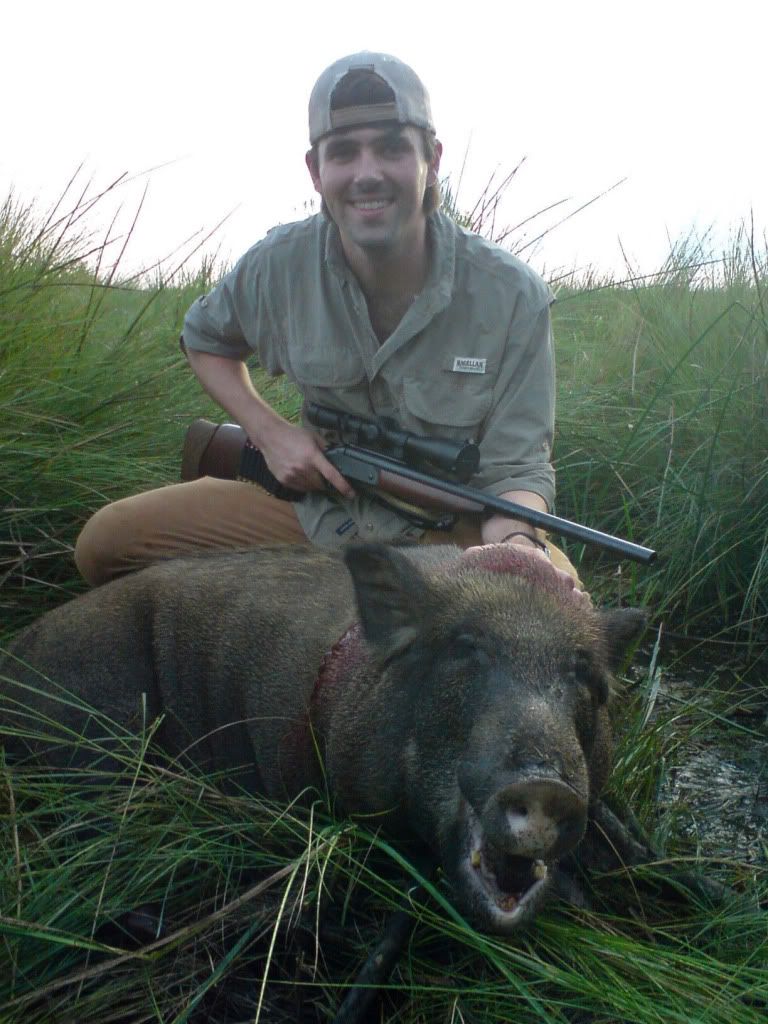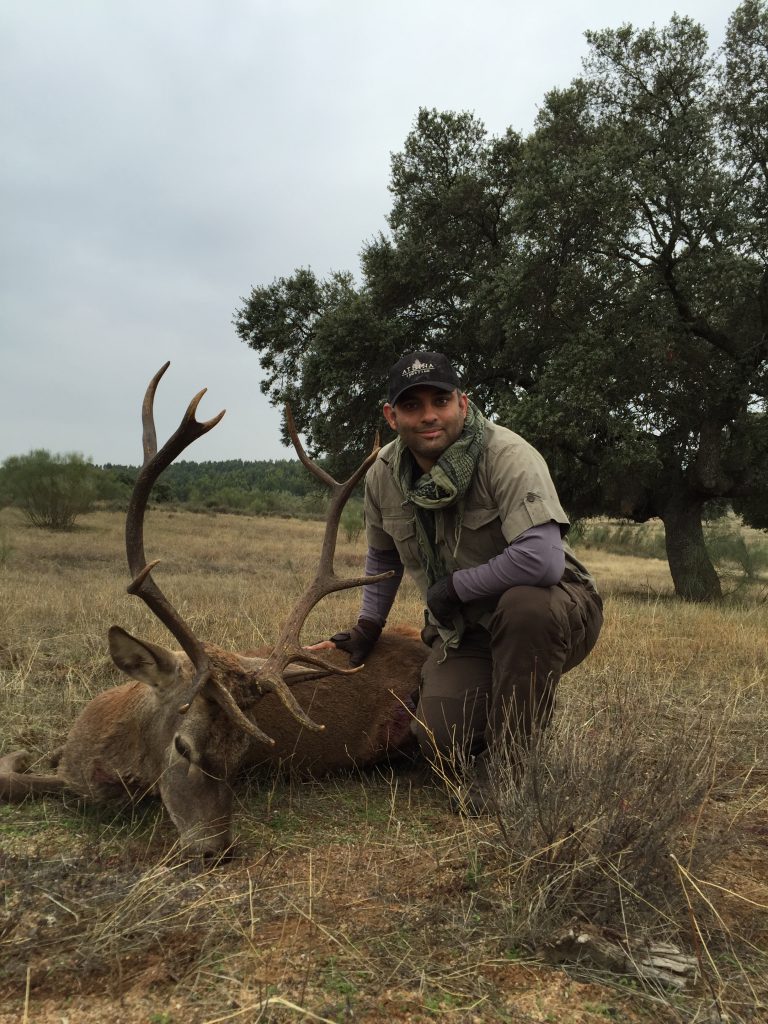

 The Accurate Reloading Forums
The Accurate Reloading Forums  THE ACCURATE RELOADING.COM FORUMS
THE ACCURATE RELOADING.COM FORUMS  Hunting
Hunting  European Big Game Hunting
European Big Game Hunting  How Do You Butcher Your Venison?
How Do You Butcher Your Venison?Go  | New  | Find  | Notify  | Tools  | Reply  |  |
One of Us |
Great work on your butchering. Very professional and definitely something you can proudly give to friends and family without it feeling like your cleaning out the freezer. | |||
|
| One of Us |
Menonites are more civilized you can say - phone, trucks and electricity. From what I understand it is his upbringing, that the meat comes from deer not from the store - he usually shoots 6 or 8 animals to fill his freezer for the year. As far as the game taste, I dont mind it at all and my kids are getting used to it - I may skip the ice this years completely, it is additional expense and operation to take care of. | |||
|
| One of Us |
Not quite so strict about adhering to the old good book then. Like I said get butchering ASAP and the gamey flavour will be reduced. | |||
|
one of us |
The problem with butchering straight away is that the end product will not be as tender and is much more difficult to butcher. I have hung young animals and Roe for 2-3 weeks and they are still very mild tasting but tender even after that length of time. Providing the Gralloch is clean with no gut or bladder punctured and the bloodis washed out prior to the hanging. It also helps if the shot is behind the shoulders or neck shot. I find that a shot through the shoulders sdraws blood into the space between the ribs and shoulder muscles, allowing gamyness to develop. FB | |||
|
| One of Us |
Kiri If you are not shooting old beasts there should be no problems regarding tenderness irrespective of when you decide to do you butchery. The only advantage of leaving a carcase to hang and chill for a few hours is the carcase stiffens and sets, allowing for easier handling and easier cutting of the various joints and meat cuts. Old beast benefit from hanging as it allows the meat tissue to start to breakdown there by tenderising the meat thru the decomposition process. It is the decomposition process that adds the"flavour"to hung meat. | |||
|
one of us |
OBE, The age of the beast isn't the only thing what makes the meat good quality, (tough ans dstrong vs tender and mild) in fact I'd go so far as to say that it is about third or fourth in the list. The conditions in which it is hung namely temperature and relative humidity are the main factors especially the humidity. An older beast will indeed be tougher than a yearling but it isn't quite so black and white. How and where the beast was shot will affect the meat as will the way it was gralloched, and if it was aware of the stalker or some other perceived threat. Then there is all the other handling that takes place between the field and the larder. The time of year effects the hormonal balance of the animal especially males, and also affects the condition of the carcass, more fat often correlates to bigger muscle fibres, and subsequently less connective tissue, which is what makes meat tough. As for the taste, the gralloch and the humidity will play a much more vital role. Certain air born molds similar to those that infect cheese such as camembert etc will impart a flavour to the meat if the hanging conditions are too moist. Any blood left in the cavity will also affect the taste of the meat if hung for more than a couple of days. Basically if the carcass is not cooled rapidly then there is a greater chance of bacterial growth and subsequen tainting. Hanging reduces the fluid content in the meat and does help it set but a couple of days is not enough to do this especially if the beast is of the larger species and hung with the jacket on. The lactic acid in the muscles and some are what act on the collagen to turn it into gelatin. That makes the joint tender not decomposition of the meat itself. BTW, decomposition is a biological process akin to digestion but what takes place in the muscle fibres is a chemical process that alters state not taste. FB | |||
|
| One of Us |
Kiri Lactic acid, adrenalin, stress and age all play a part in the determining of a particular carcases toughness. TTBOMK Lactic acid plays no part on the transformation of cologen to gelitin. I was always under the impressing that process was down to moisture and temperature. It is the time the carcass is left to age, the temperature at which it is stored, the amount of calpain enzymes present and the level of calpastatin, an antagonist which tends to inhibit calpain activity, that is responsible for the breaking down of the muscle fibres. All of which are part of the decomposition process. Perhaps I should have said earlier it is also the decomposition process proportionally adds to the gameiness to hung meat. The greatest calpain enzymes activity is within the first 7 days of following slaughter, and by 14 days the greatest gains in tenderness have been achieved. Chilled carcasses allowed to 'hang' at temperatures just off freezing for up to six weeks achieve similar gains in tenderness to meat hung for shorter periods at slightly higher temperatures from 2 to 10 days. | |||
|
| Powered by Social Strata | Page 1 2 |
| Please Wait. Your request is being processed... |
|
 The Accurate Reloading Forums
The Accurate Reloading Forums  THE ACCURATE RELOADING.COM FORUMS
THE ACCURATE RELOADING.COM FORUMS  Hunting
Hunting  European Big Game Hunting
European Big Game Hunting  How Do You Butcher Your Venison?
How Do You Butcher Your Venison?

Visit our on-line store for AR Memorabilia

